Kerry and Cork
Up until a few years ago I would have been hard pressed to name any other counties in Ireland after Kerry, famous for some of the most spectacular scenery in the country, and Cork, alleged home to some of my ancestors. But after travelling north and west and south around Ireland, enjoying some of the most beautiful places on earth, we’ve finally arrived in Kerry…with Cork soon to follow.
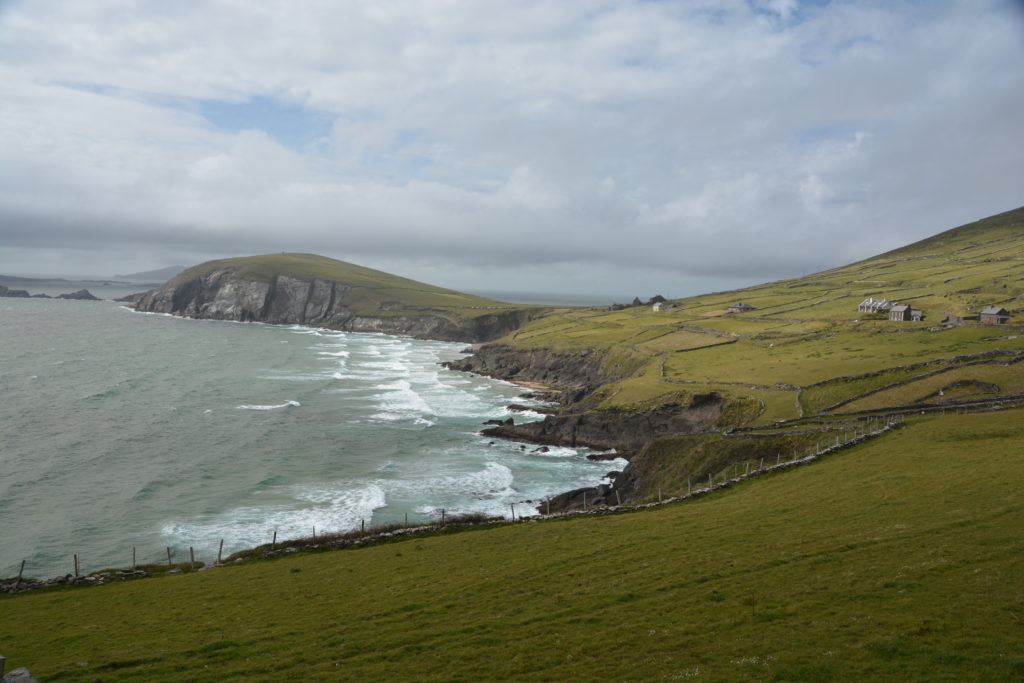
Kerry occupies the southwestern-most corner of Ireland and features three large fingers of land jutting out into the Atlantic Ocean. And it was our mission to explore these peninsulas in as much detail as we had time for.
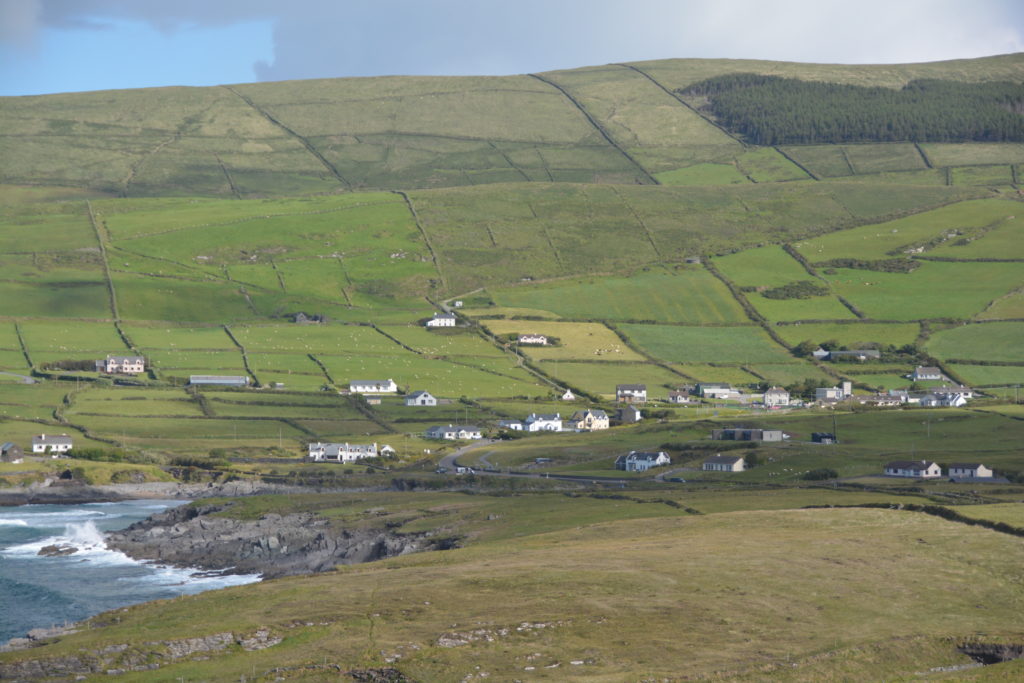
The Dingle Peninsula, with its high mountains, weathered coastline and ancient history, was our stunning introduction to Kerry. Connor Pass, a narrow winding road up and over the mountain range that runs down the spine of the peninsula, was a breathtaking journey along a road carved into the cliff face, sometimes barely wide enough for one car, with stunning views down to the ancient glacial lakes and the distant ocean. From the top we dropped down into the town of Dingle before following the Wild Atlantic Way signs for a circle trip around the Dingle Peninsula.
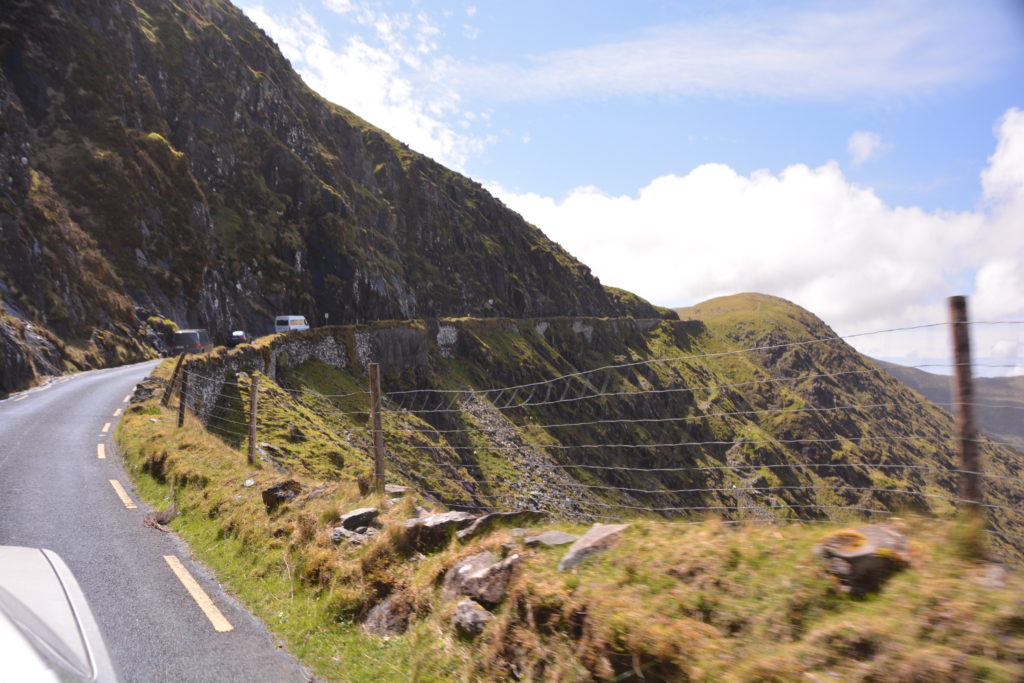
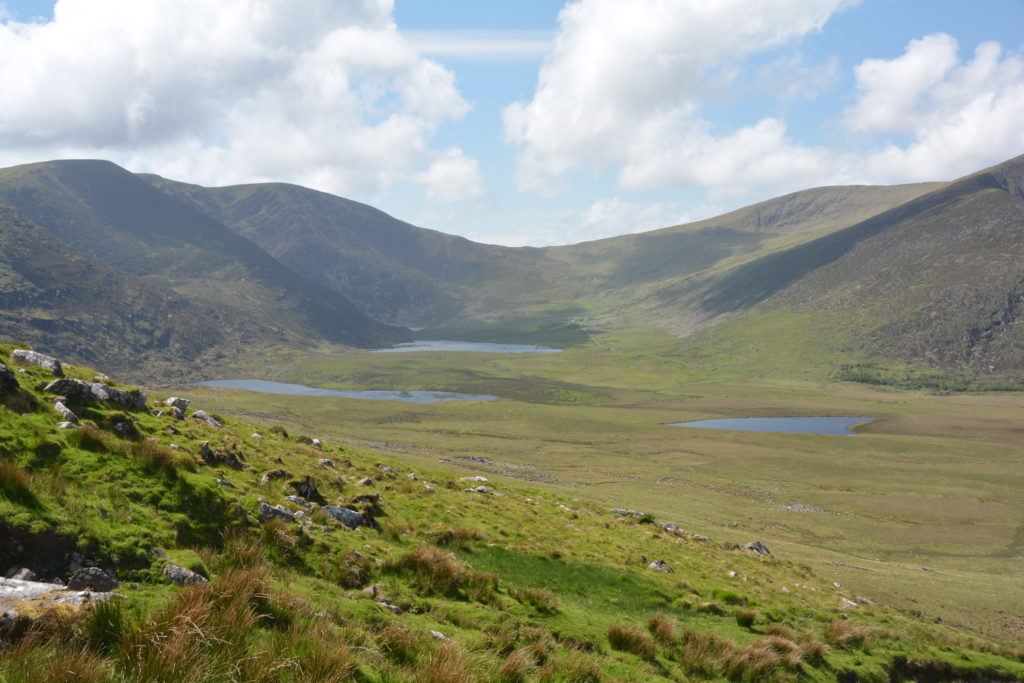
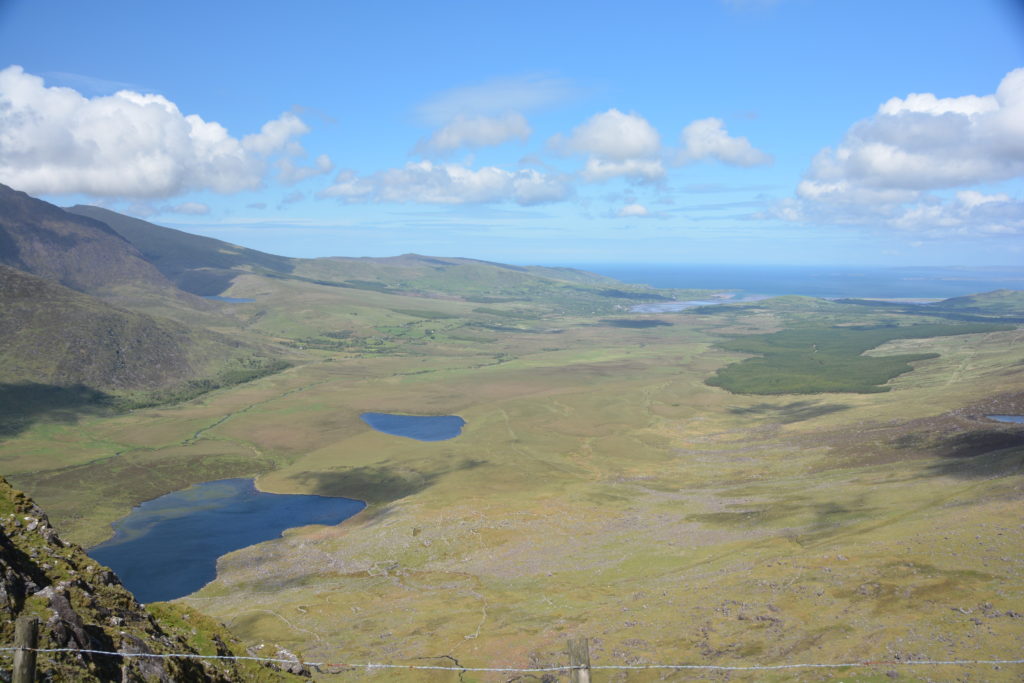
The peninsula is marked by steep green pastures of sheep hemmed in by ancient stone walls leading down to a dramatic cliff line and crashing surf. With its strong winds and predominance of bad weather it is striking – and somewhat curious – that some of Ireland’s first inhabitants settled on this land. First evidence of human habitation goes back thousands of years with substantial circular stone homes, called beehives, still standing from 3,000 years ago. These beehives are often clustered together with outer walls to form what are called ring forts. Visiting some of these structures was a real highlight of the day.
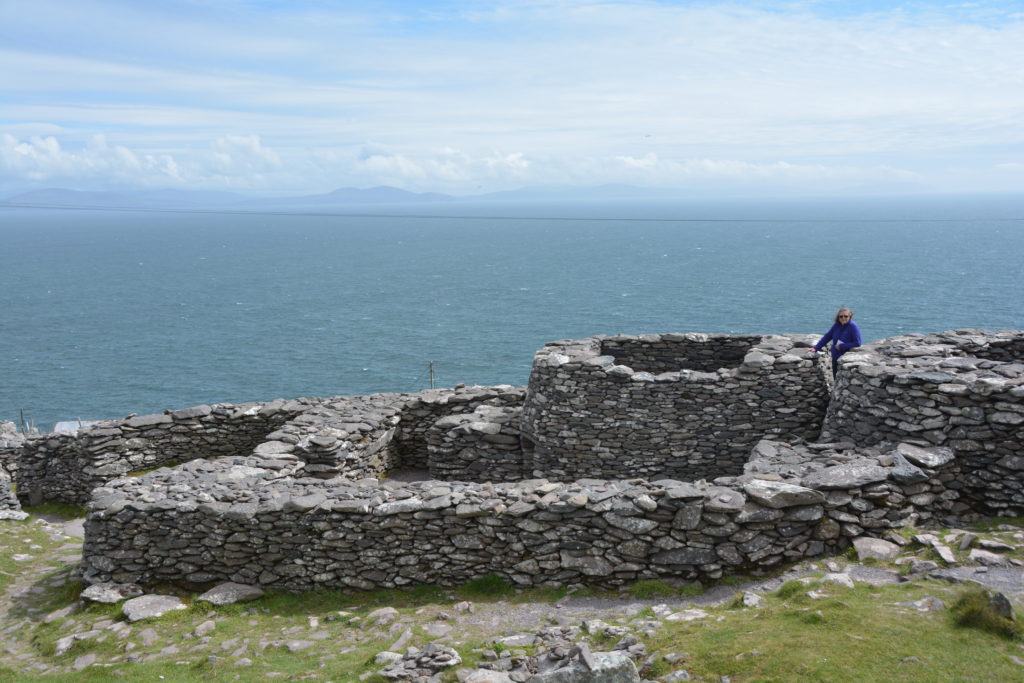
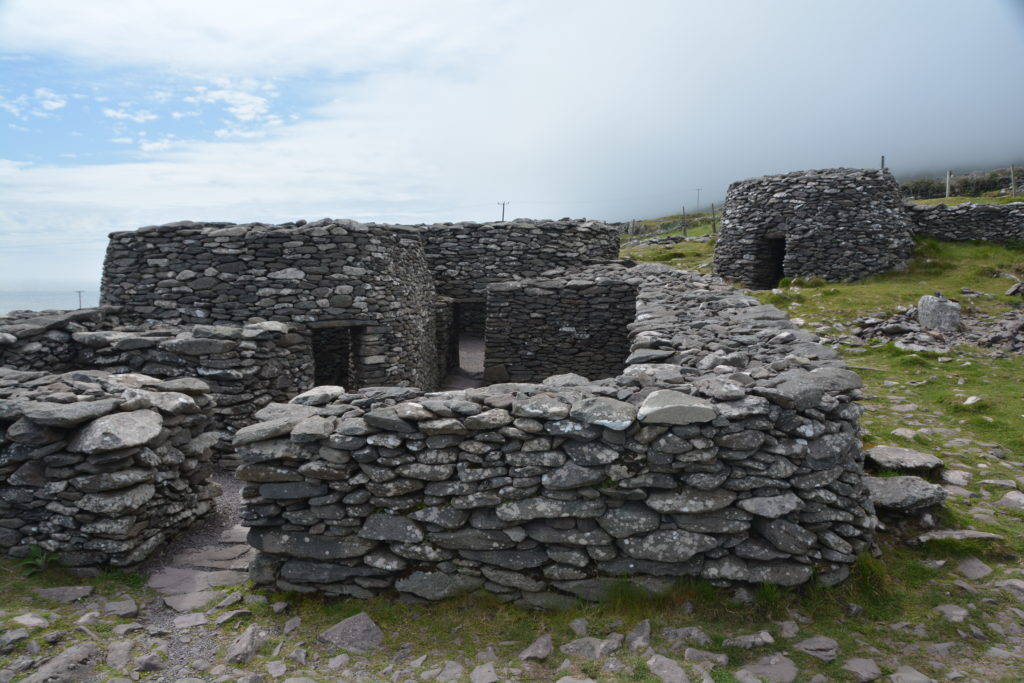
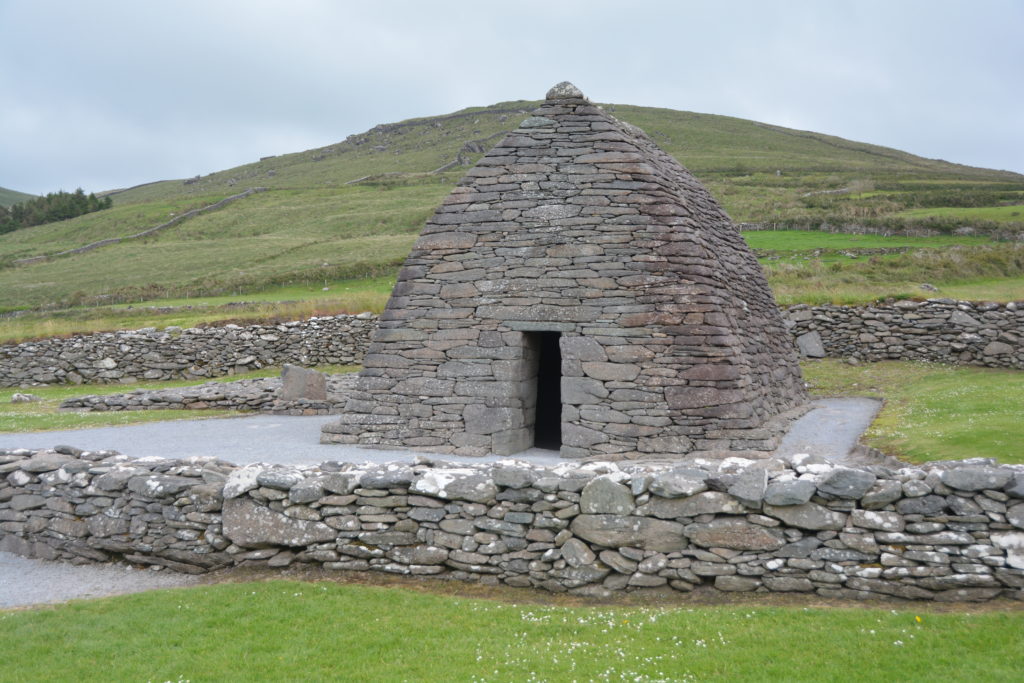
But the peninsula itself was the real star of the show, velvet green paddocks dropping off onto a jagged coastline, sun, mist and fog all playing their part to create an otherworldly experience. By the time we returned to Dingle we had just enough time to park for the night in St. Anne’s cathedral carpark and enjoy Saturday night in the town’s pubs. Visiting three different pubs, we enjoyed dinner in one, watched an astounding performance by the five-time national Irish dance champion in another and finished the night with an Irish whiskey in the third. The wonder of Ireland just grows on you.
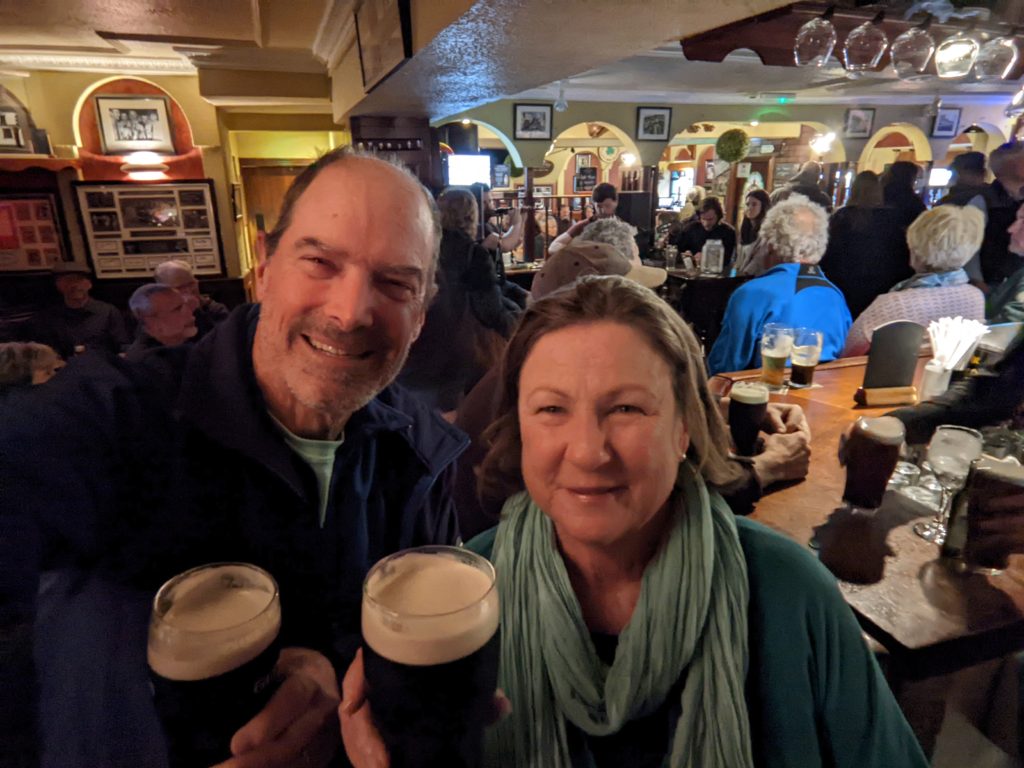
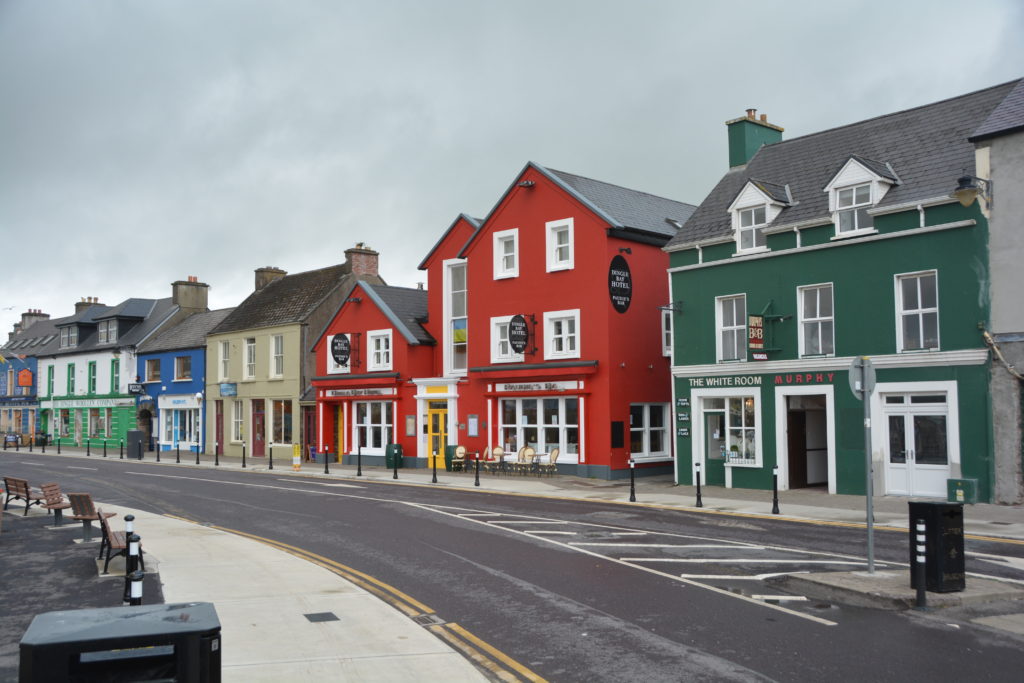
The Ring of Kerry, the famous drive around the large Kerry Peninsula, beckoned so onward we charged. In Killarney we visited Ross Castle, one of 2,500 tower houses built in the 1400’s and 1500’s to house wealthy families, their servants and guards. Built as a multi-story house with a tight spiral staircase and intricate defence systems they were very substantive and protective in their day until cannons and gunpower came along two hundred years later. We have seen many tower houses in our travels the last couple of weeks and they often cut a proud figure on a remote headland.
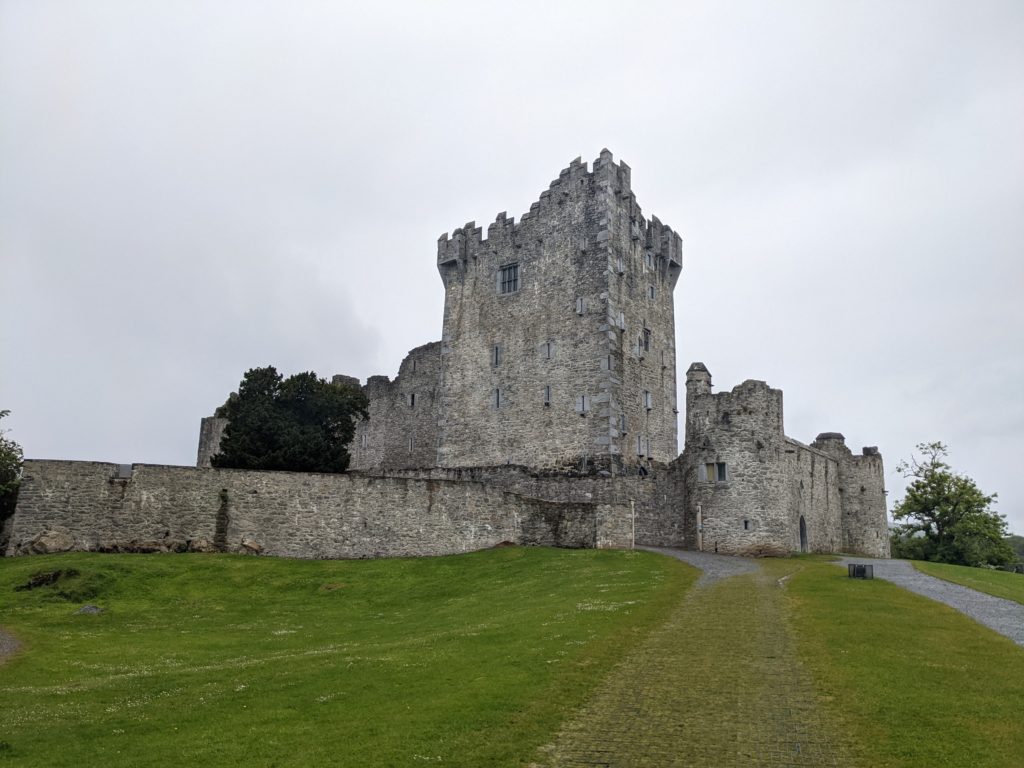
We drove through lusciously green and mountainous Killarney National Park, along the lakes and over Mull’s Gap before dropping back down to the coast and finding a place on another tidal estuary, one of our new go-to places to camp these days.
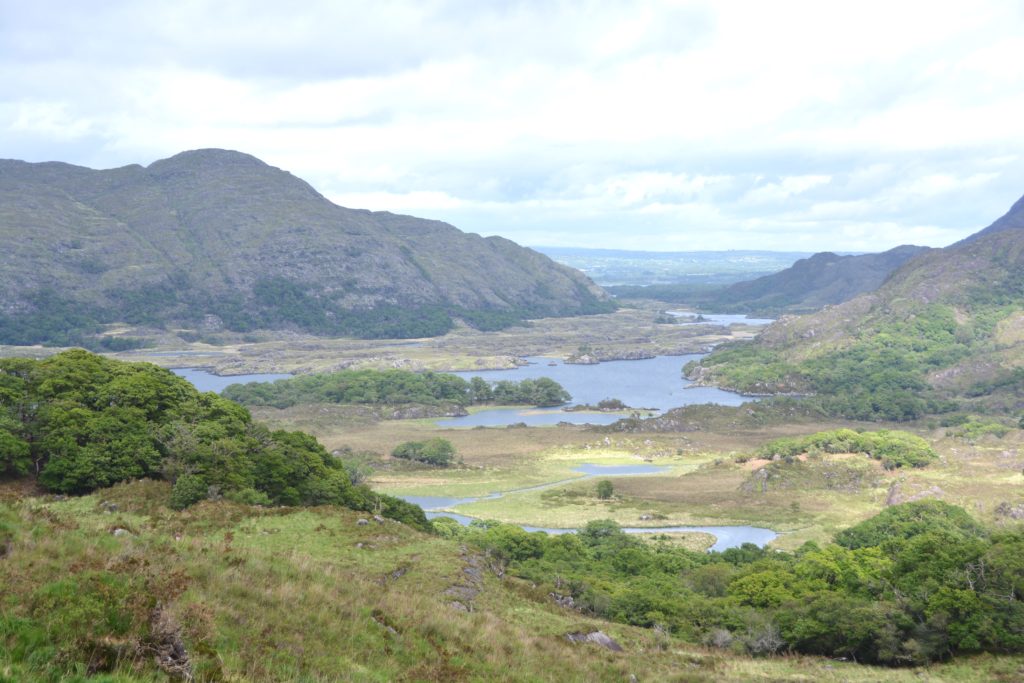
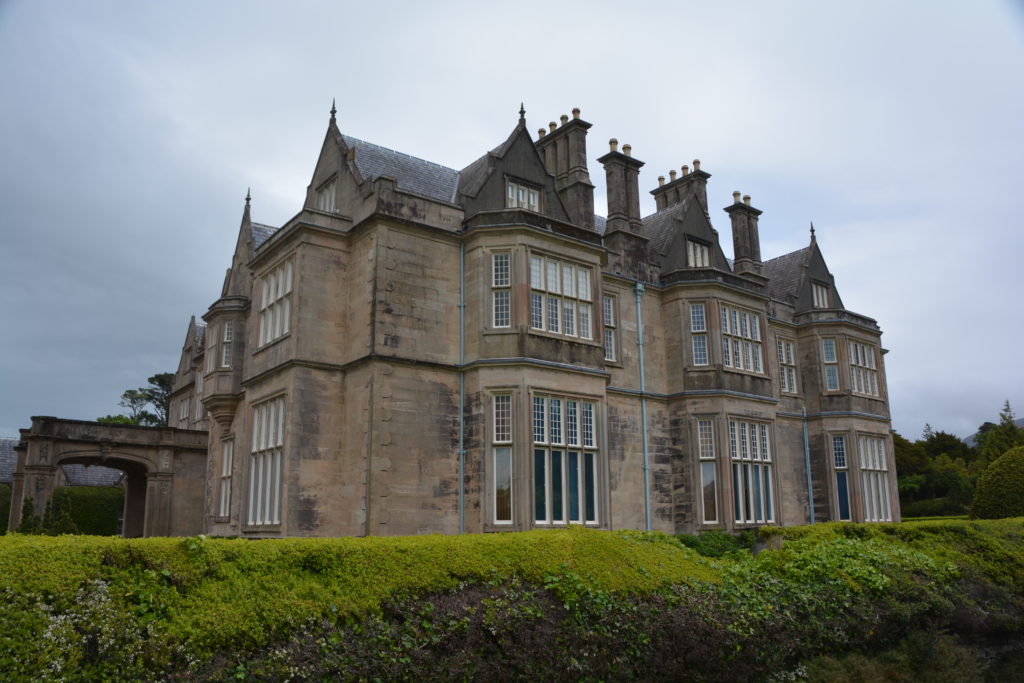
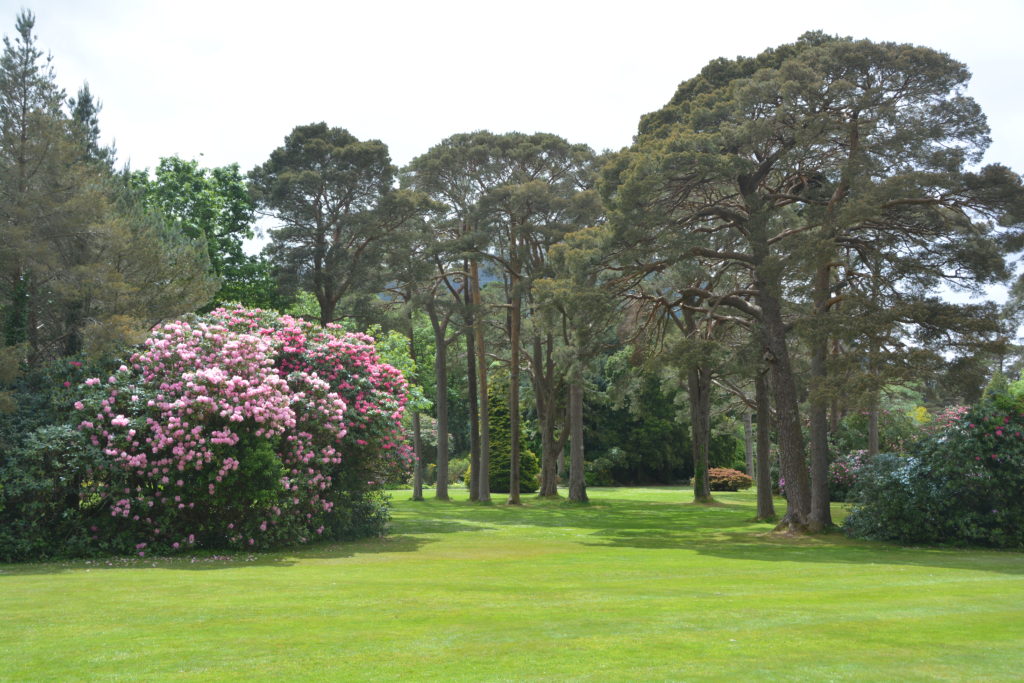
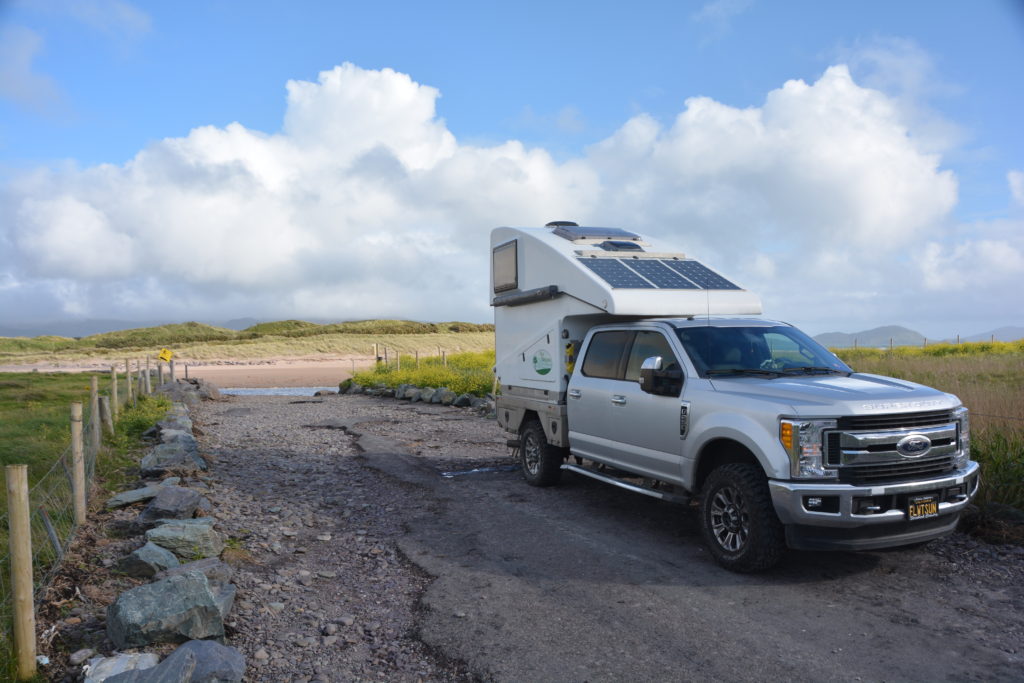
The Ring of Kerry, the scenic drive around this huge peninsula, has may subplots and the real highlight for us was the little add-on bit marking the end of the peninsula called the Skellig Ring. Named after the Skellig Islands just offshore, this seldom-visited single-lane ring road provided some of the most spectacular scenery we’ve seen in Ireland. I’ll let the photos do the talking.
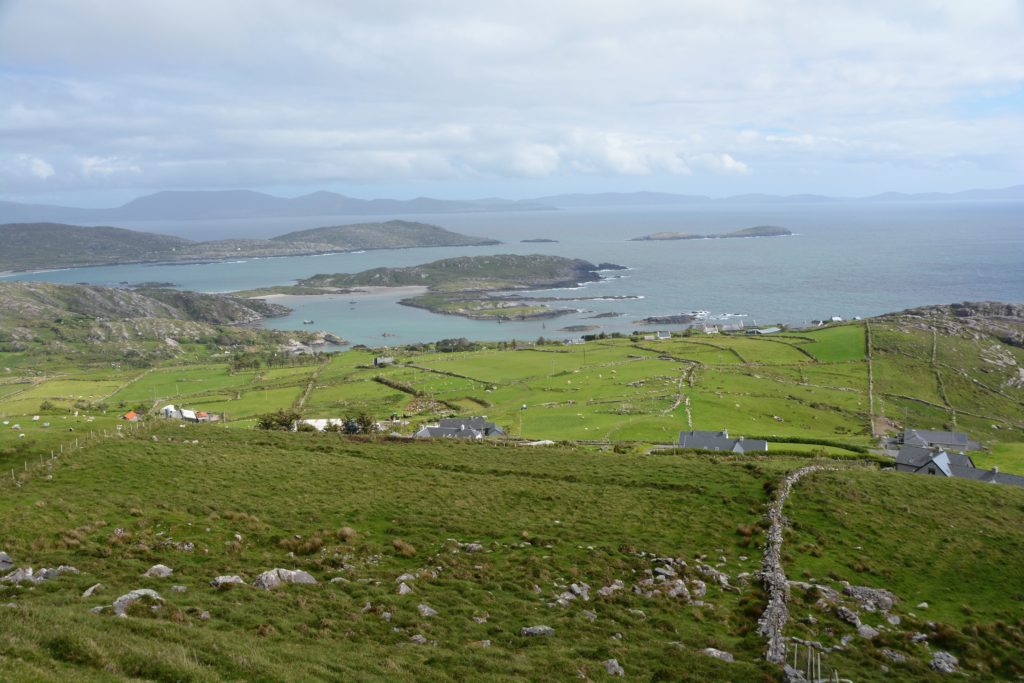
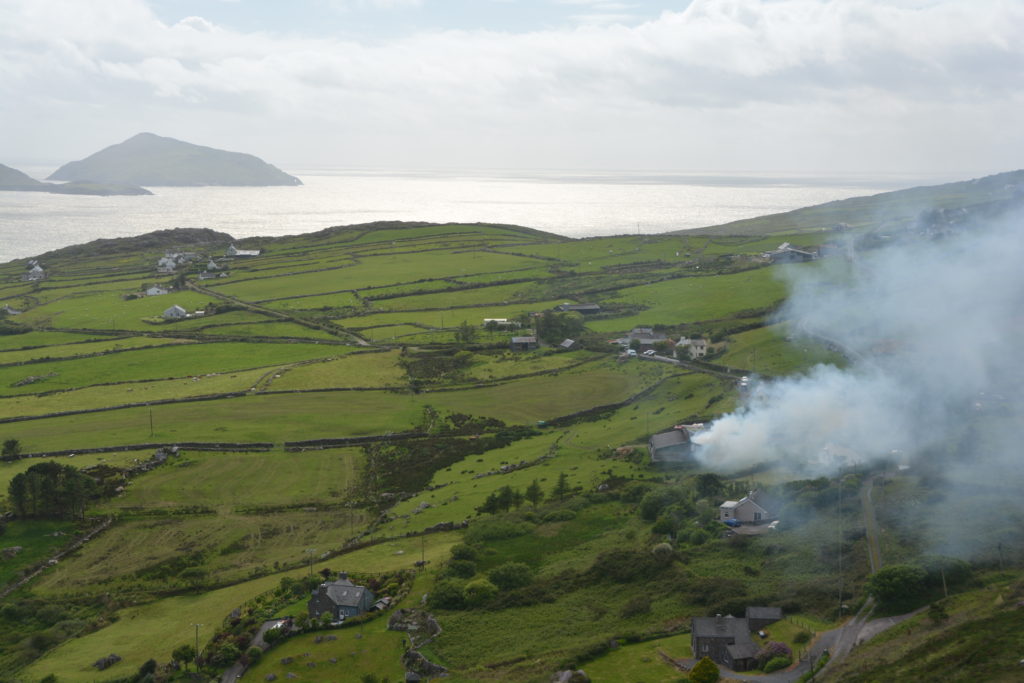
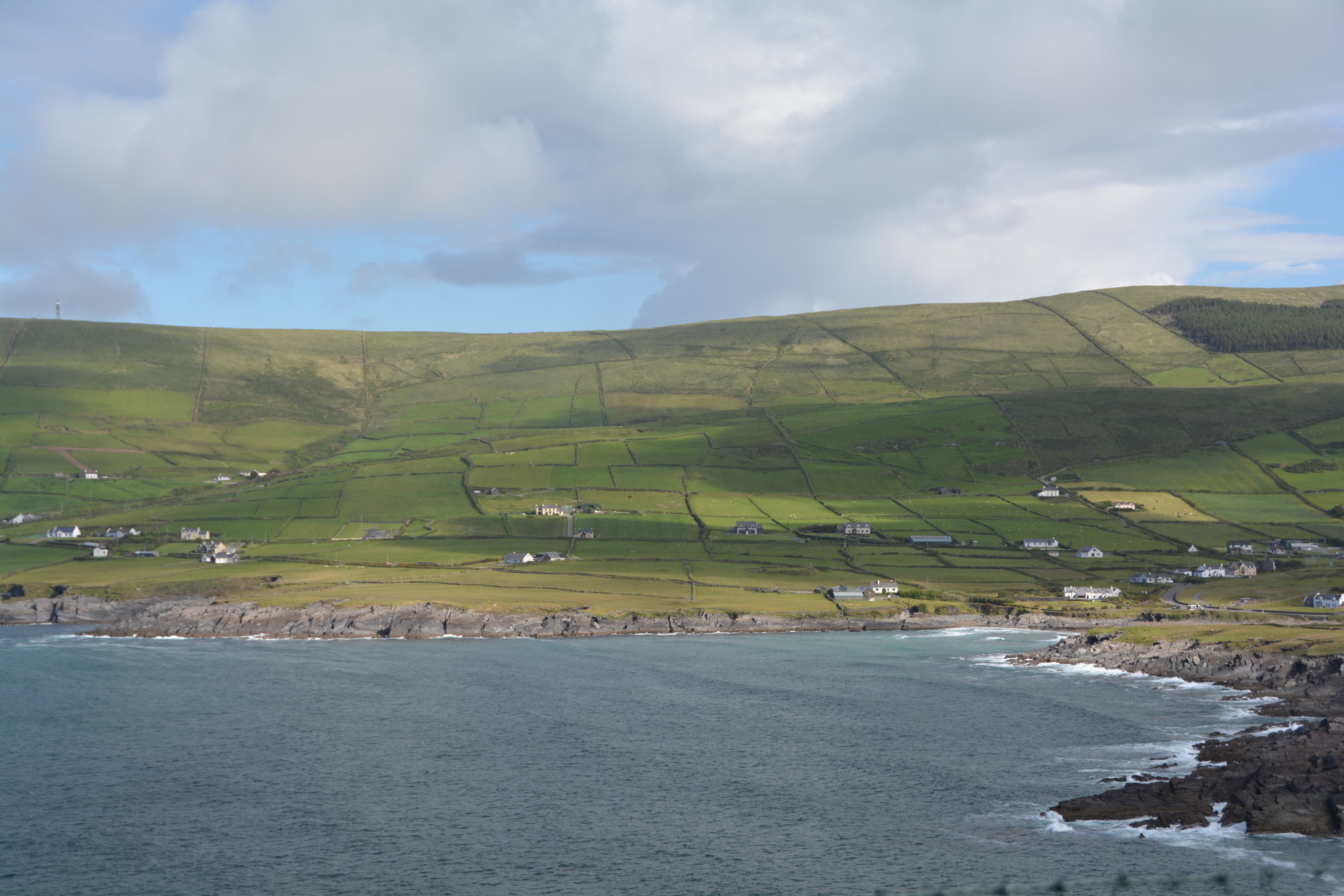
Kerry and the neighbouring county of Cork have numerous long fingers of land that stick out into the wild Atlantic and to do every kilometre of every coastline would take longer than we have time for. But when we eyed the Beara Peninsula there was one section we had to do. Nothing gets Tramp’s heart beating more than a good steep winding mountain pass. We had done the Connor Pass on the Dingle Peninsula and Molls Gap on the Kerry Peninsula so of course we had to climb up and over the Healy Pass on the Beara Peninsula.
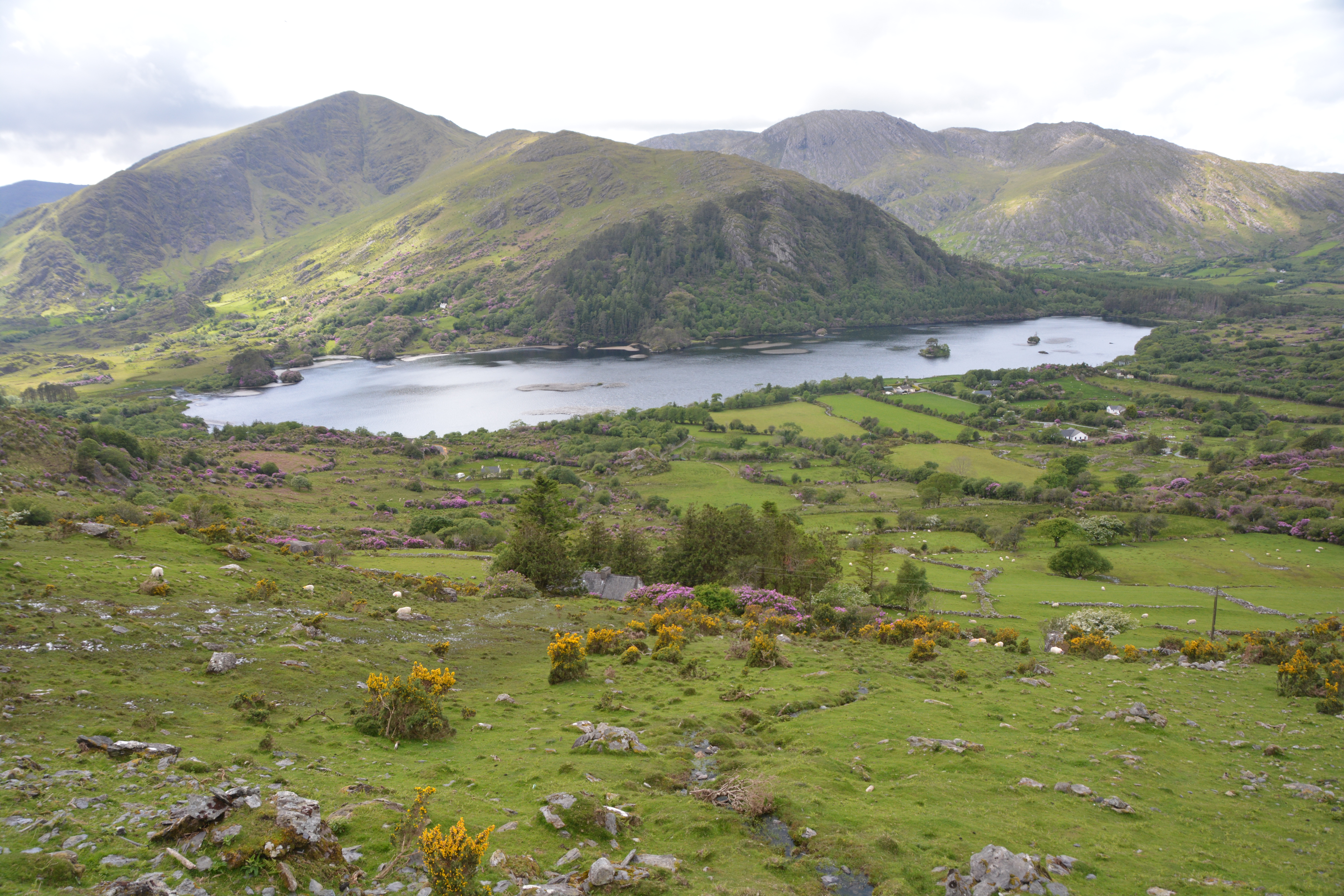
The whole peninsula is much more rocky than what we’ve seen elsewhere in Ireland which means less farmers, less sheep and less visitors. The narrow winding road up and over Healy Pass provided stunning views on both sides and a driver’s dream of tight winding turns and steep gradients. Somehow I think the motorbike riders we saw had an even better time.
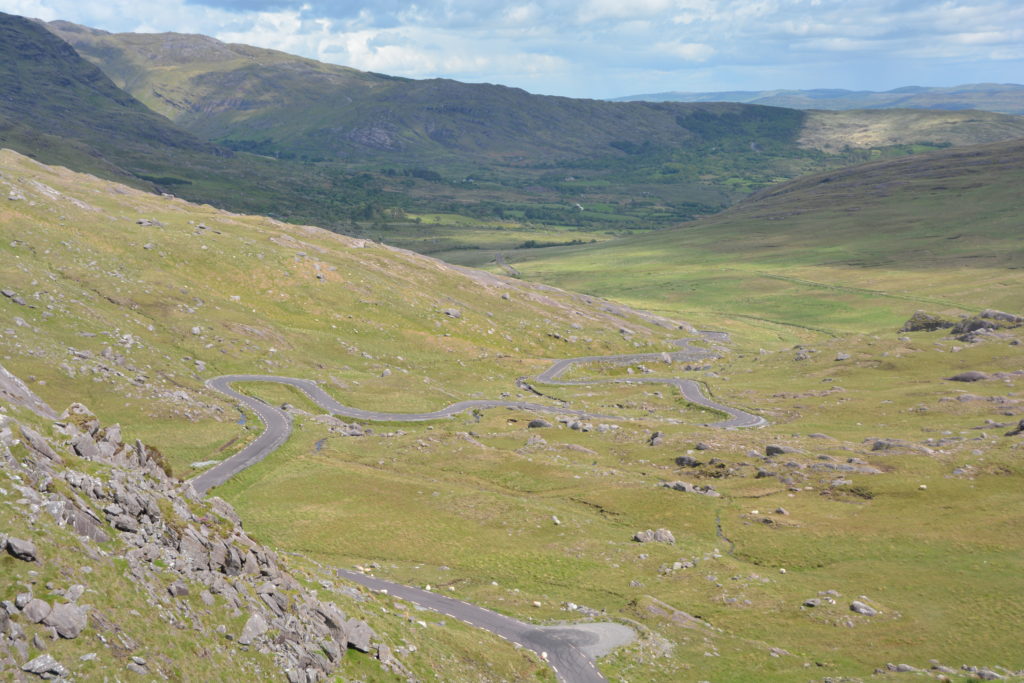
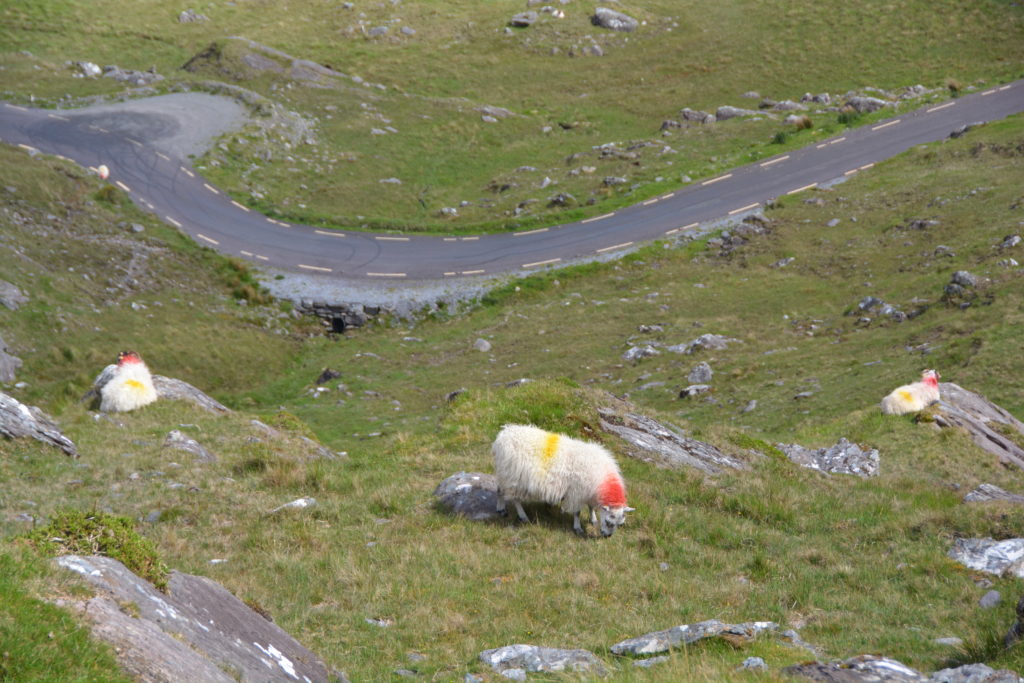
But we had much more to see and not many days left in Ireland to see them. The next day we pointed Tramp towards the last of our peninsula jaunts, out to Mizen Head, a signals station on this southwestern-most point of Ireland. Ships have a history of cutting this corner a bit too fine so a lighthouse was built out on a rocky islet and the signal station helped with communication.
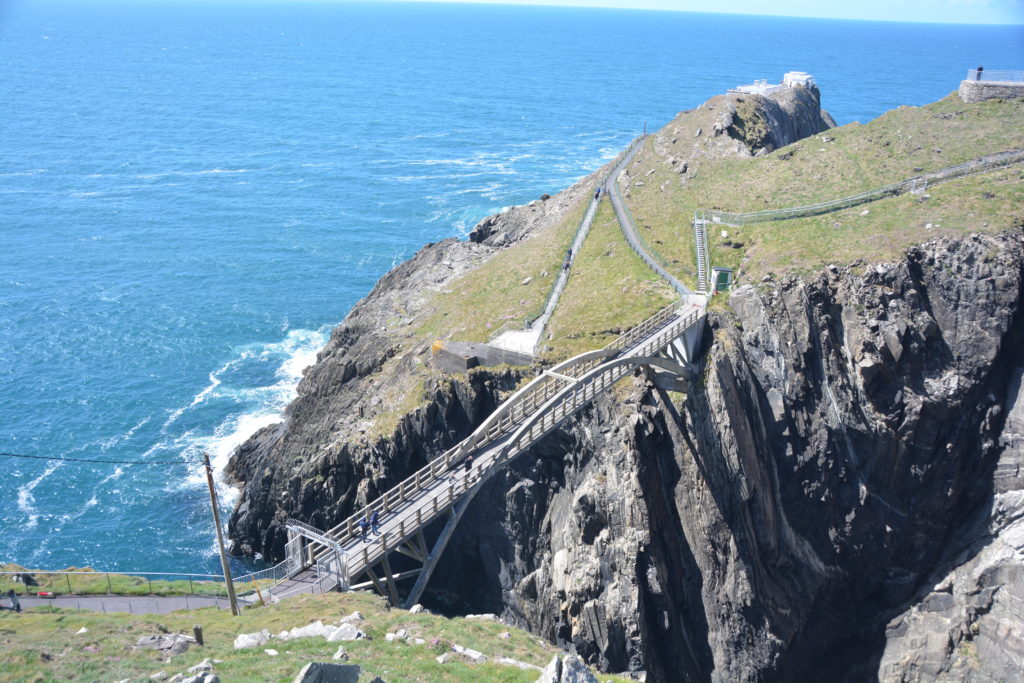
We walked out to the point, practically getting knocked off the edge in the wind, explored the station and awed at the extraordinary rock strata on the cliff’s edge. A couple of seals in one of the little bays kept us entertained as well.
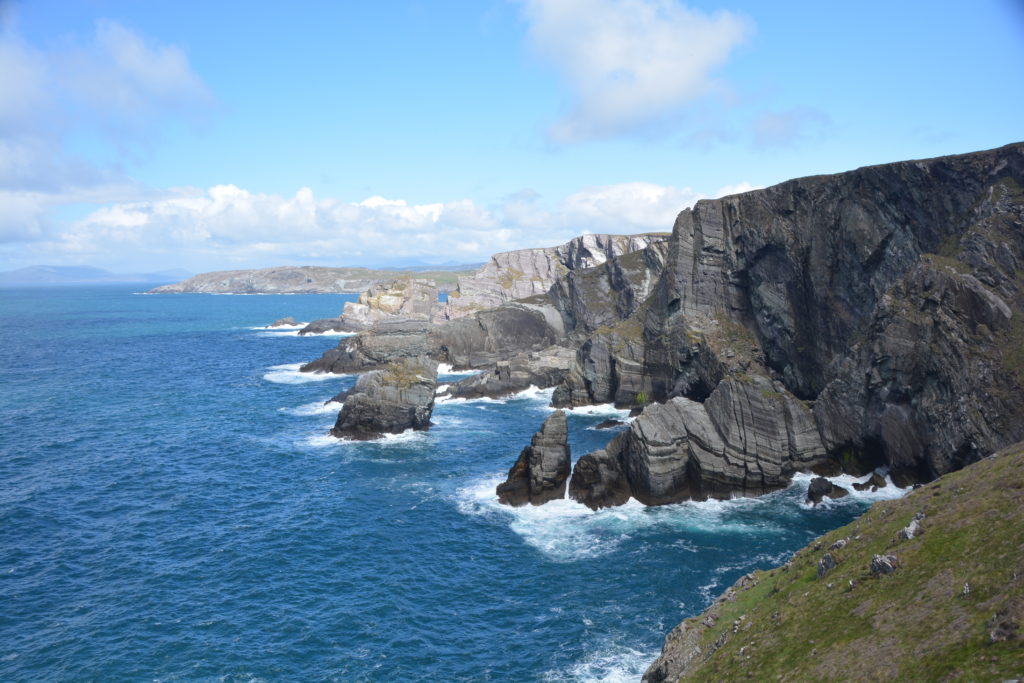
We have had no luck sourcing a replacement ventilation fan for the top of our camper so with the duct tape still holding – sort of – we resolved to fix that problem when we’re back in England. We headed up to the large city of Cork, allegedly where my father’s father’s family came from, and camped in a carpark on the River Lee. We’ve come to love these free spots near the local town as they give us a chance to be part of the scene as the locals go about their day. And of course, as always, Tramp helps us make new friends!
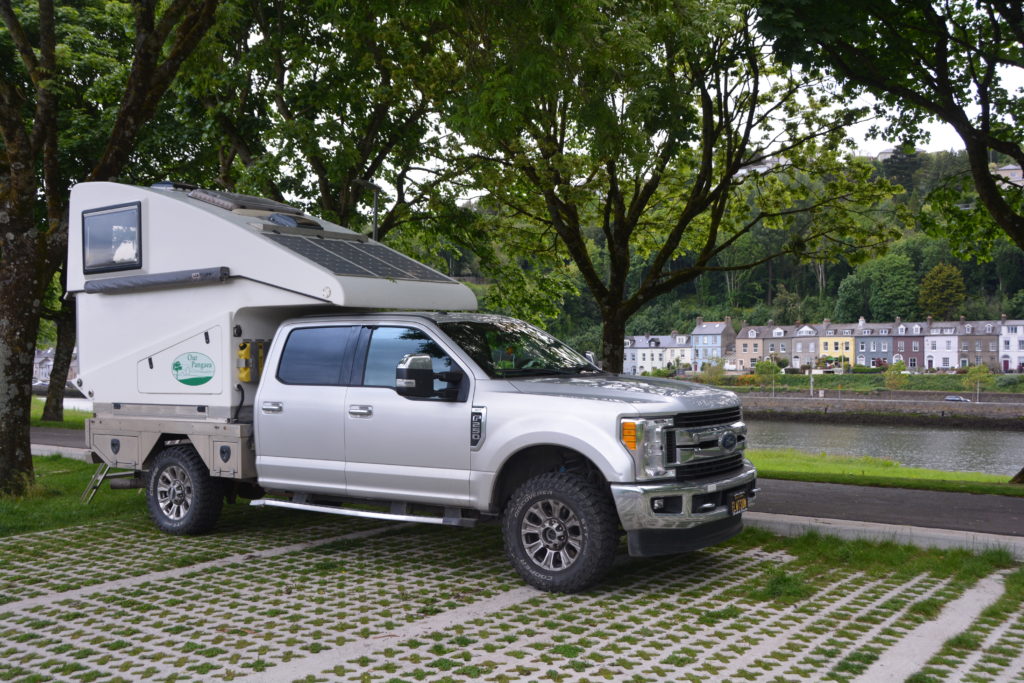
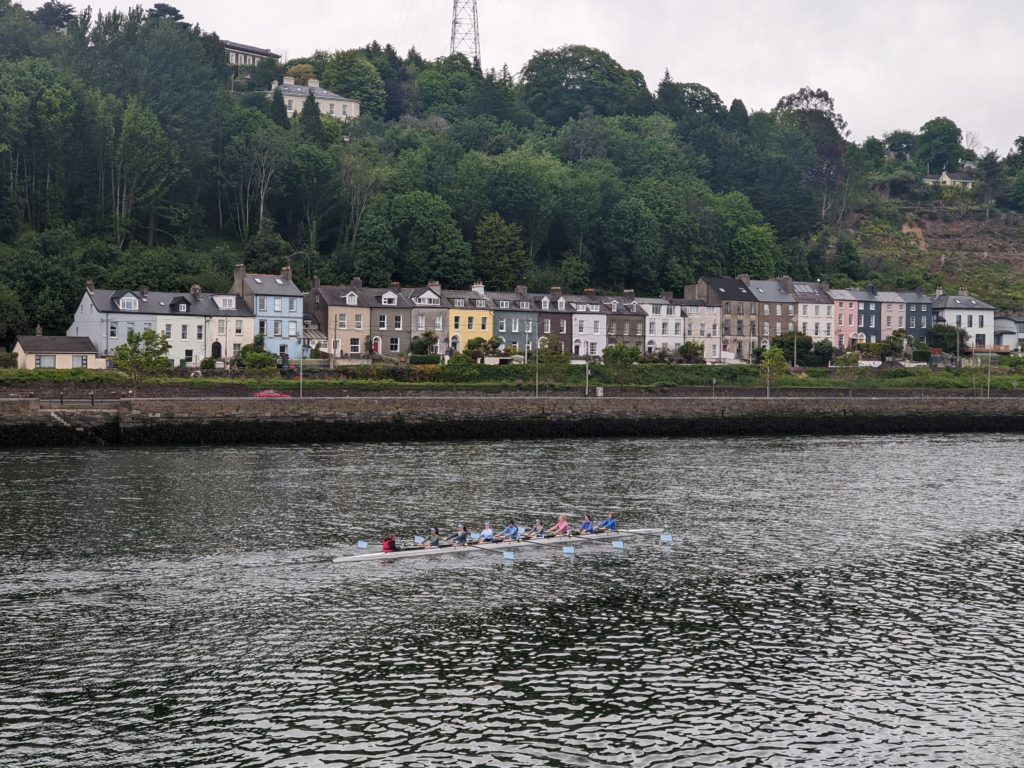
Cork is Ireland’s second largest city and is a vibrant port as well as a strong commercial hub. We wandered the wide downtown shopping streets, in particular enjoying the English Market, an indoor wet market full of meats, cheeses, fish and vegies.
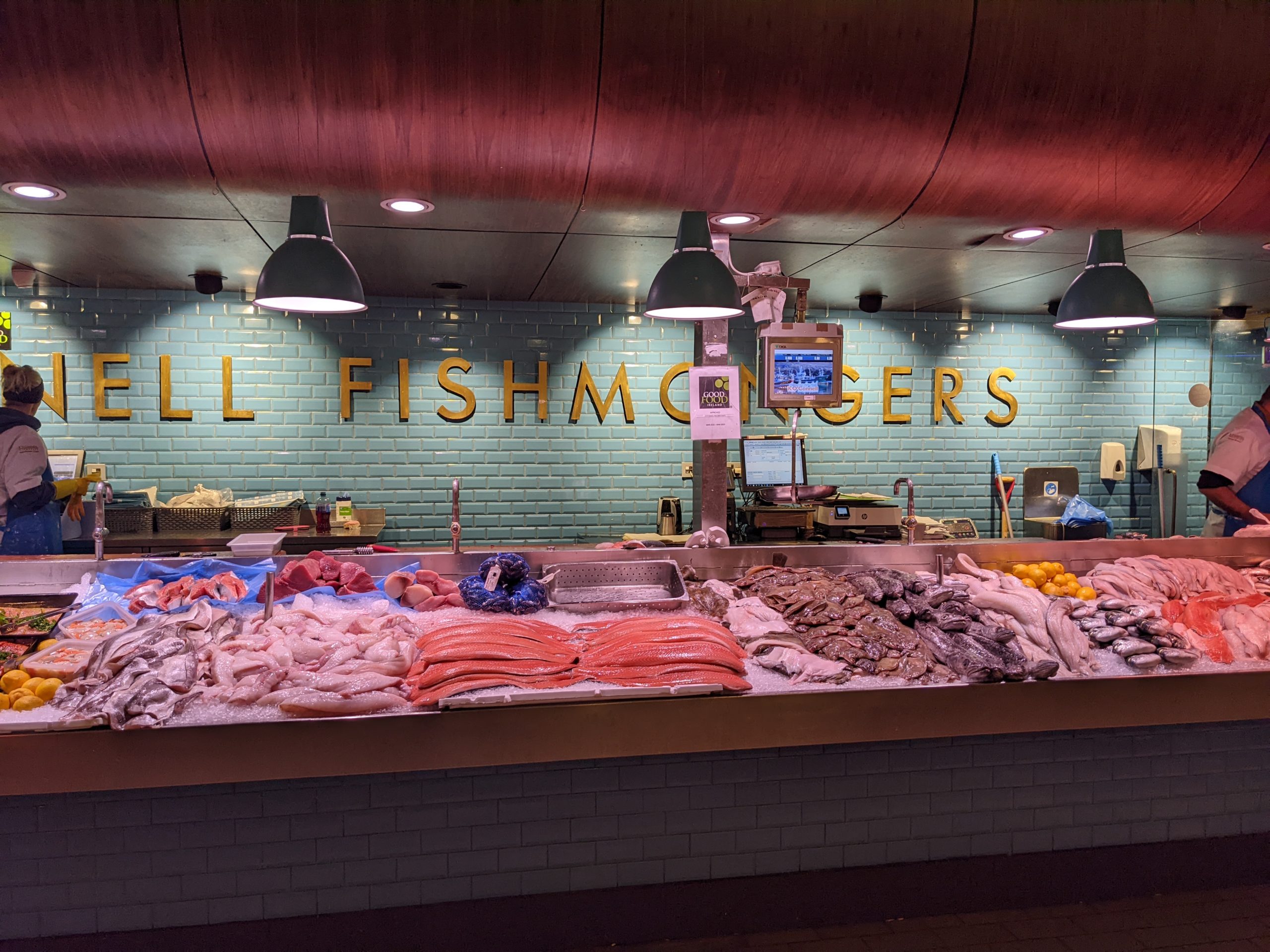
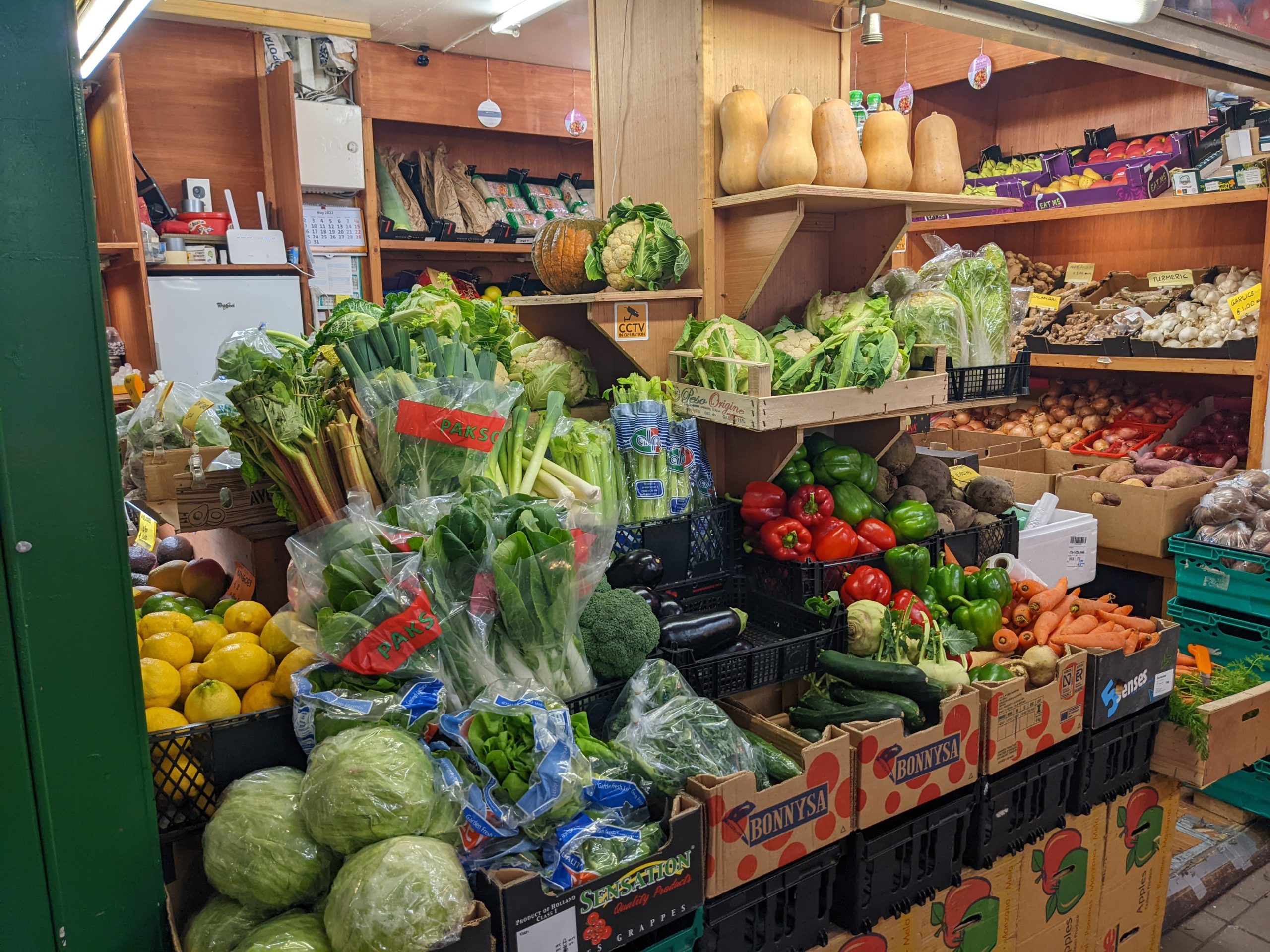
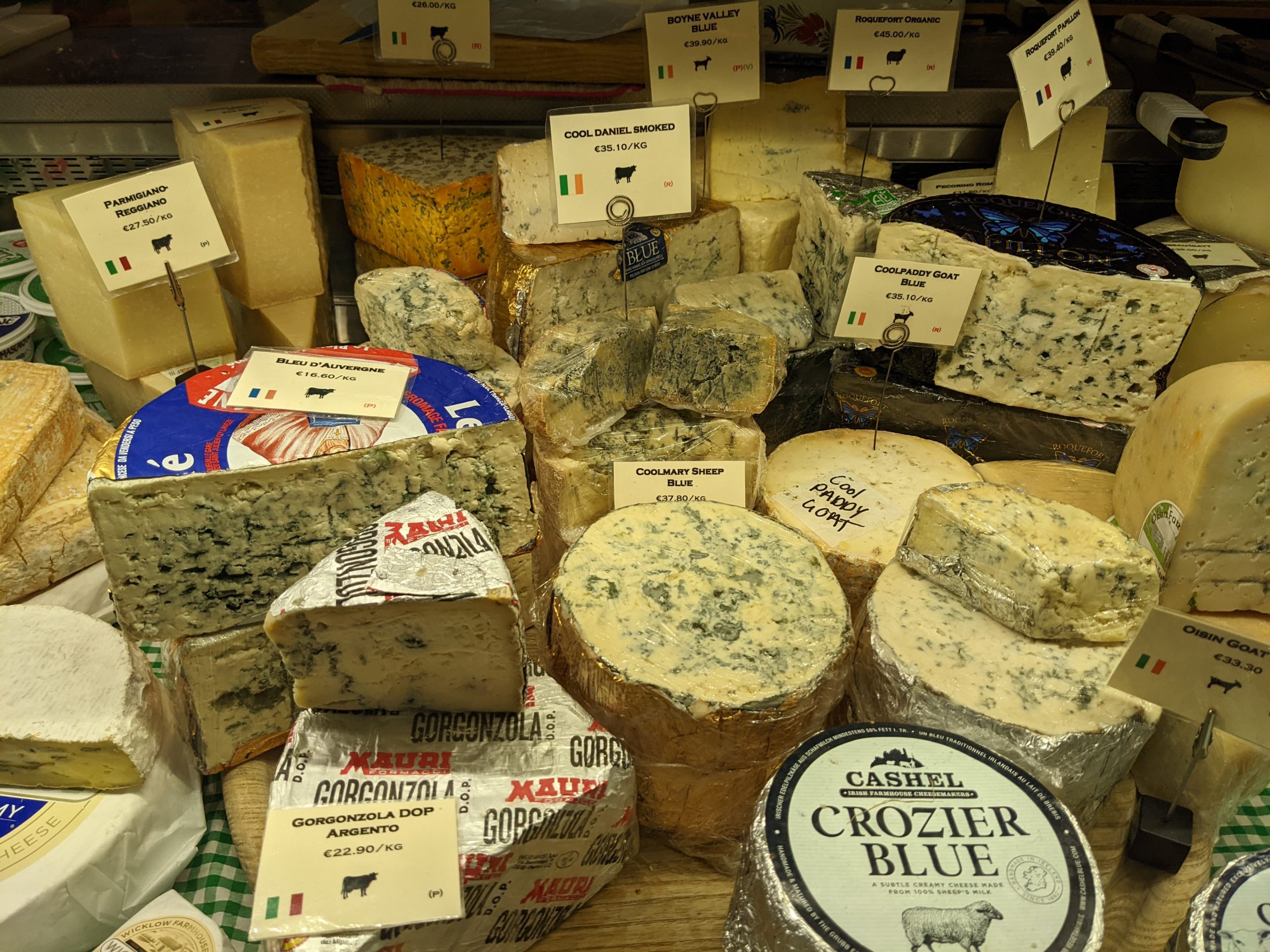
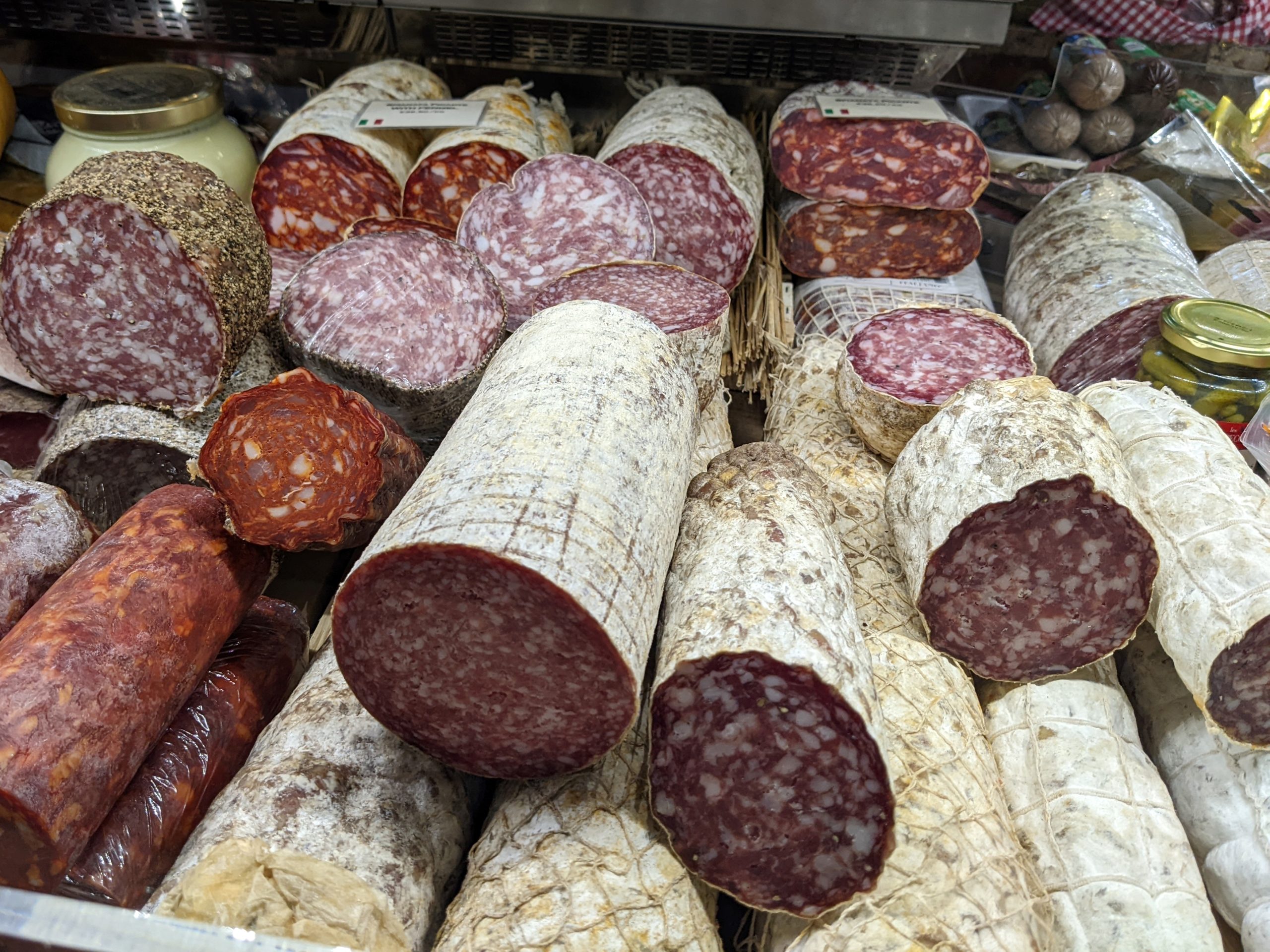
From Cork we headed up the coast, first to the Ring Peninsula and the attractive town of Dungarvan, another place that deserved more of our time. Our big target for the day was Waterford, famed for its crystal but an outstanding base for so many important Irish historical moments. Today the city shouts out it’s history with more museums than you can count, old medieval walls, colourful buildings, a buzzing port, walking streets, the full package.
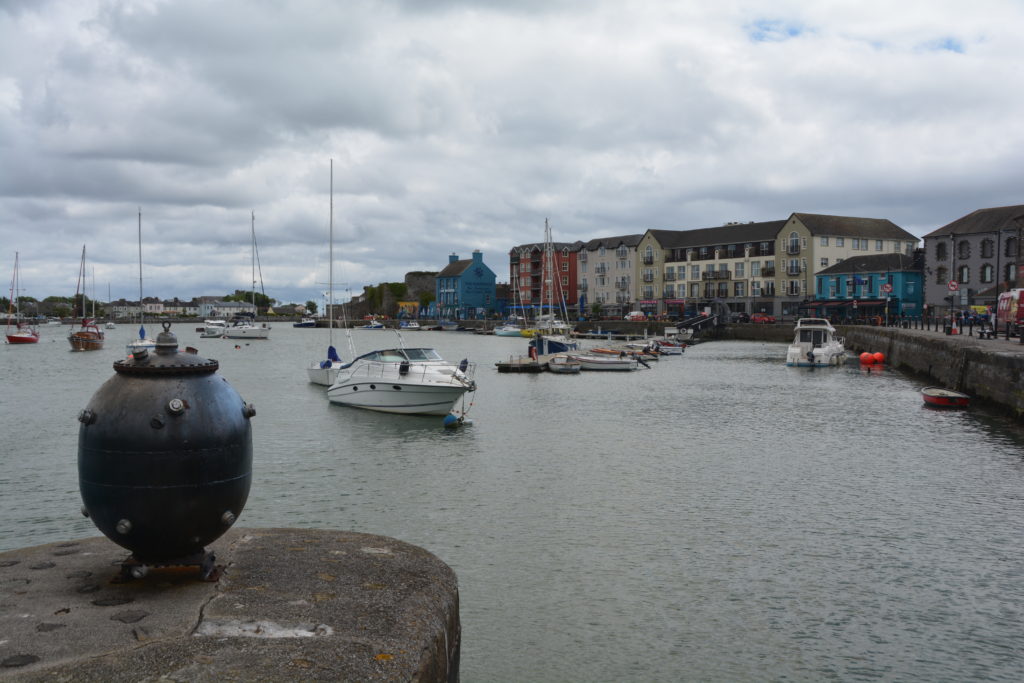
We chose to see the Medieval Museum which was a fantastic display of both the city and the country’s history starting from the Viking invasion (our favourites!) in the 10th century all the way through to the death of Henry VIII in the 17th century. Awesome stuff.
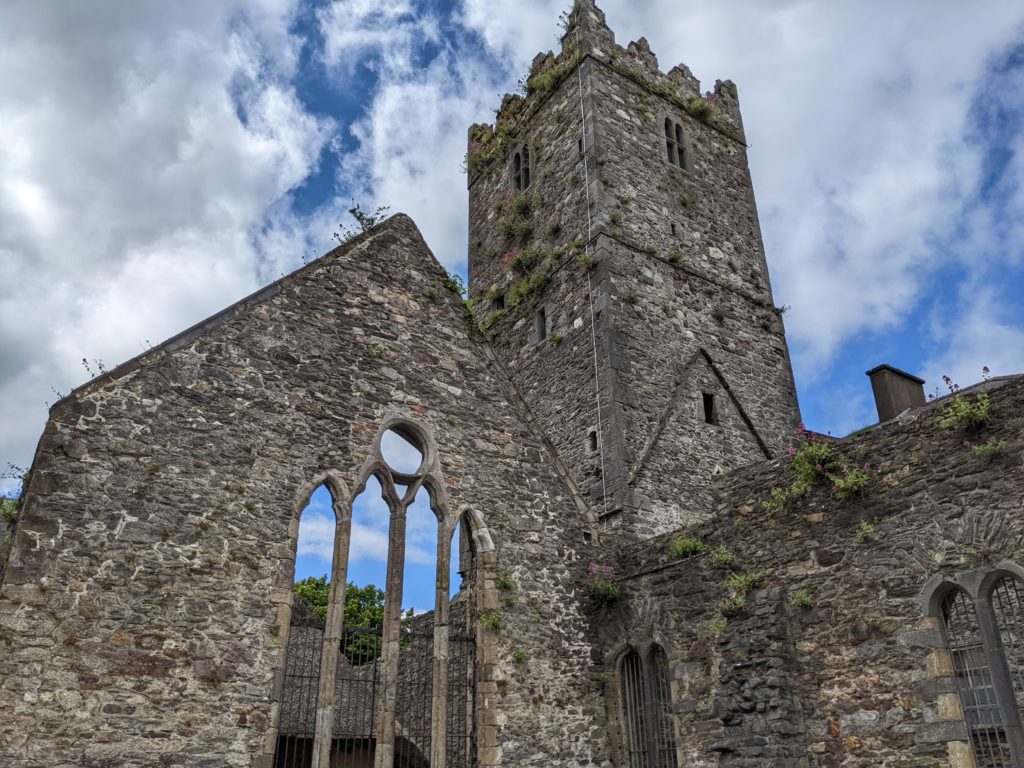
Sadly, our time in Ireland is ending soon. In only a couple more days we’ll be back on the ferry and heading back to the United Kingdom with Scotland our next target. Fun times ahead!
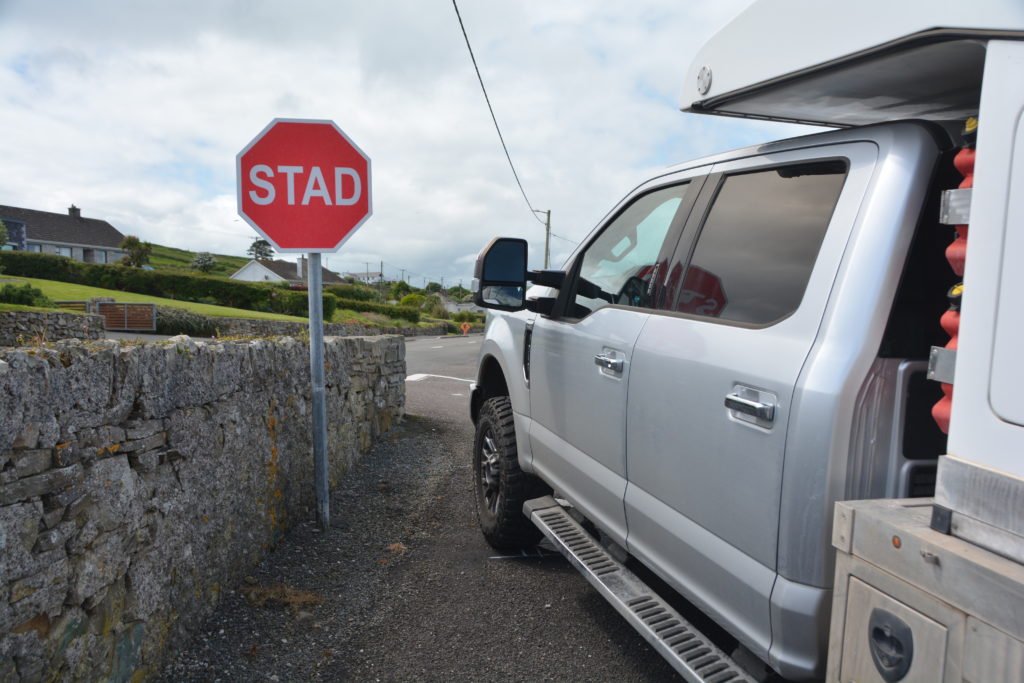
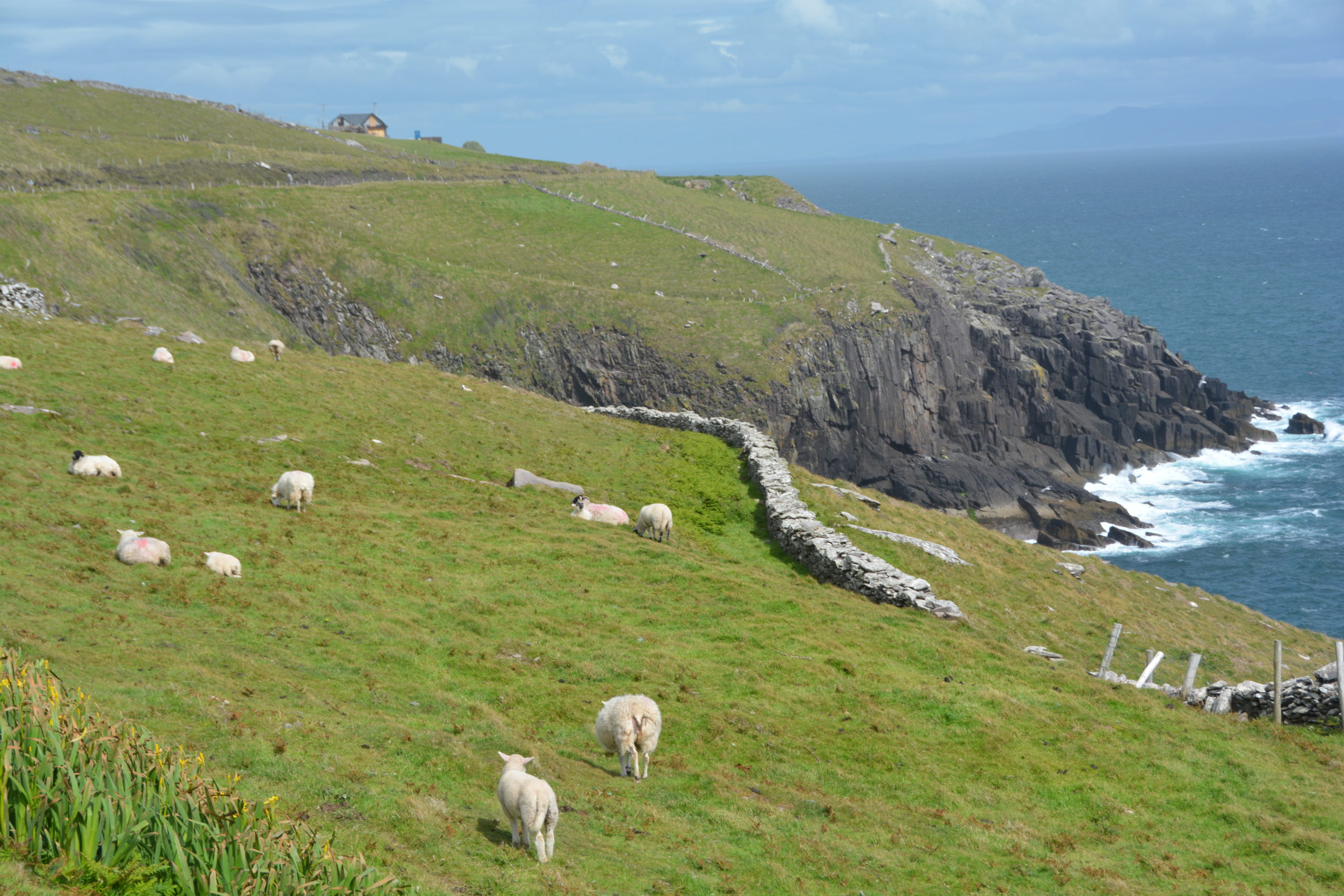
Love these photos Bill and Julie. Fantastic gentle ralling hills.
Hope you were able to try dishes with potatoes – only available in a few places.
Tracy
Hi Tracy, we had a few pub meals – always great atmosphere with the music and colourful characters – and potatoes were always a feature!
Hi Julie and Bill, loved travelling with you vicariously through your blog. Ireland is certainly a beautiful country. It feels like we are deep in winter here with low temperatures and low wind chill factor temperatures. No rain thank goodness- have had enough for a while but lots of small trees, mainly bushfire regrowth, and large branches down to keep Col busy. Looking forward to the next installment.
Hi Marg, we hope you and Col are going well. We’ve loved every aspect of Ireland (except maybe the cost of fuel!), it’s been just fantastic. It sounds like the weather over here is better than what you’re going through at your end which is saying something.
Take care, Bill and Julie